For many cat owners, the idea that their feline companion could be suffering from heart disease is a distant concern—until it isn’t. Hypertrophic Cardiomyopathy (HCM), the most common form of heart disease in cats, often lurks silently until it reaches an advanced stage. Unlike humans, cats can’t verbalize their discomfort, making early detection a critical yet challenging endeavor. The subtlety of early symptoms means that by the time many cats are diagnosed, irreversible damage has already occurred. Understanding the red flags and knowing when to seek veterinary intervention could mean the difference between life and death for your beloved pet.
The heart of a cat with HCM undergoes a gradual but dangerous transformation. The walls of the left ventricle, the heart’s primary pumping chamber, thicken abnormally. This thickening reduces the chamber’s capacity to fill with blood, forcing the heart to work harder to circulate oxygen-rich blood throughout the body. Over time, this increased workload can lead to heart failure, blood clots, or even sudden death. What makes HCM particularly insidious is that many cats show no outward signs until the disease is well advanced. Some may exhibit subtle changes in behavior or activity levels that are easy to dismiss as normal aging or temporary lethargy.
One of the earliest and most overlooked signs of HCM is a slight decrease in activity. A cat that once leaped effortlessly onto countertops may now hesitate or require multiple attempts. Play sessions may become shorter, and naps may grow longer. These changes are often subtle enough that owners attribute them to aging or a temporary phase. However, when coupled with other symptoms like rapid or labored breathing—especially after minimal exertion—these behavioral shifts warrant a closer look. Cats are masters at masking pain and discomfort, so any deviation from their normal routine should be taken seriously.
Another telltale sign is open-mouth breathing. Unlike dogs, cats rarely pant unless they’re extremely stressed or overheated. If you notice your cat breathing with its mouth open while at rest or after very light activity, it’s a red flag that demands immediate veterinary attention. This symptom often indicates that the heart is struggling to pump blood efficiently, leading to fluid buildup in the lungs—a condition known as pulmonary edema. Left untreated, pulmonary edema can quickly become life-threatening.
Less obvious but equally concerning are changes in appetite and weight. Cats with early-stage HCM may lose interest in food or exhibit picky eating habits. Weight loss, particularly when it occurs rapidly or without explanation, is another potential indicator. Conversely, some cats may develop a distended abdomen due to fluid retention, a sign of progressing heart failure. Monitoring your cat’s eating patterns and body condition can provide valuable clues about their cardiac health.
Veterinary diagnostics play a pivotal role in early detection. A routine physical exam may reveal a heart murmur or abnormal heart rhythm, prompting further investigation. However, not all cats with HCM have audible murmurs, which is why advanced imaging like echocardiography is considered the gold standard for diagnosis. An echocardiogram provides a detailed view of the heart’s structure and function, allowing veterinarians to measure wall thickness and assess blood flow. While these tests may seem costly, they’re invaluable for catching HCM before clinical signs become severe.
Genetics also factor heavily into a cat’s risk for developing HCM. Certain breeds, including Maine Coons, Ragdolls, and British Shorthairs, are predisposed to the disease. If you own a breed with known genetic susceptibility, proactive screening is essential—even if your cat appears perfectly healthy. Early intervention with medications like beta-blockers or calcium channel blockers can slow disease progression and improve quality of life. In some cases, dietary modifications and controlled exercise regimens may also be recommended.
The emotional toll of an HCM diagnosis can be overwhelming for pet owners, but education and early action are powerful tools. Learning to recognize the subtlest of symptoms and advocating for regular cardiac screenings can extend your cat’s life by years. While HCM is a formidable adversary, advances in veterinary medicine have made it possible to manage the disease effectively—provided it’s caught in time. Your cat’s heart may be small, but its importance is immeasurable; guarding its health begins with vigilance and ends with love.

By /Jun 28, 2025

By /Jun 28, 2025

By /Jun 28, 2025

By /Jun 28, 2025
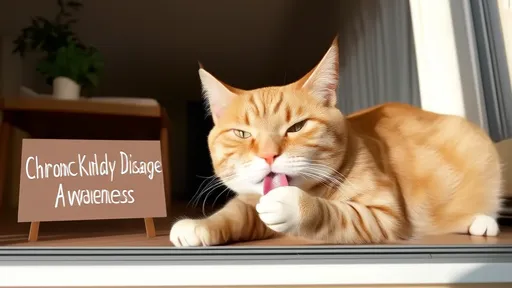
By /Jun 12, 2025
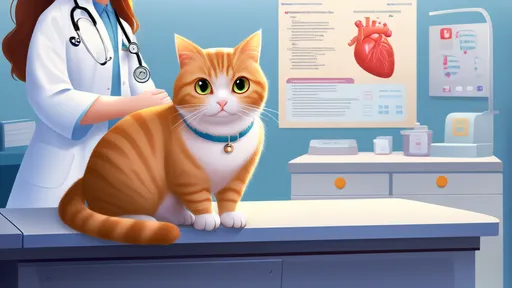
By /Jun 12, 2025
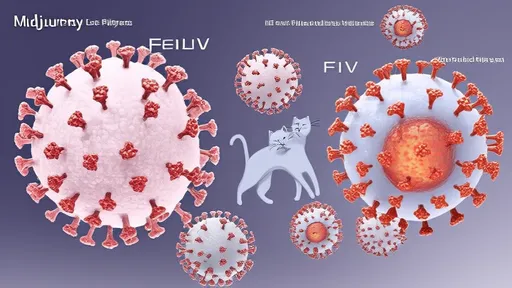
By /Jun 12, 2025
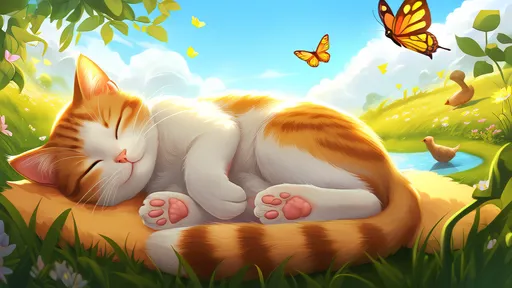
By /Jun 12, 2025

By /Jun 12, 2025
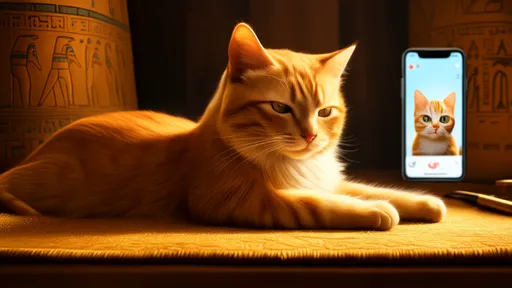
By /Jun 12, 2025
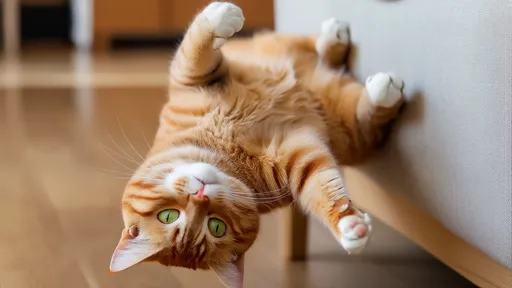
By /Jun 12, 2025
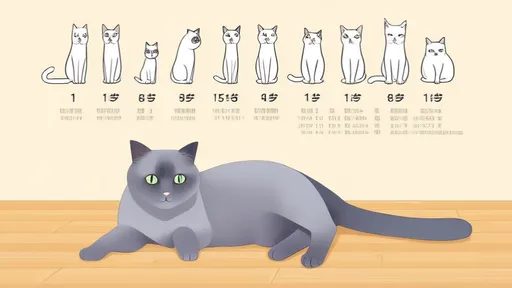
By /Jun 12, 2025
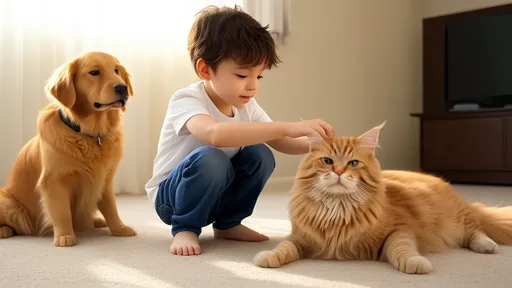
By /Jun 12, 2025
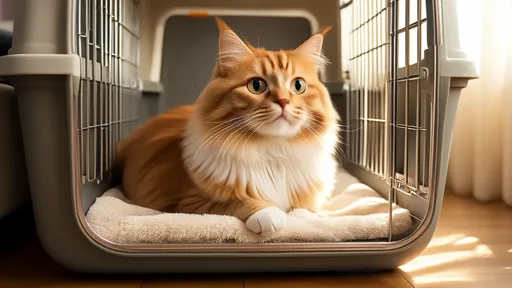
By /Jun 12, 2025

By /Jun 12, 2025
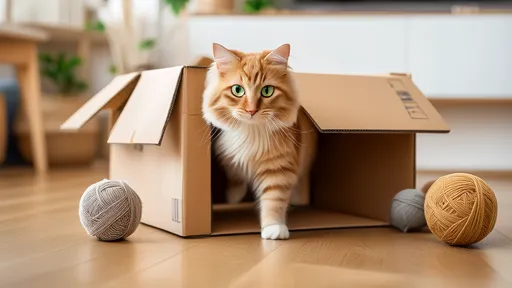
By /Jun 12, 2025
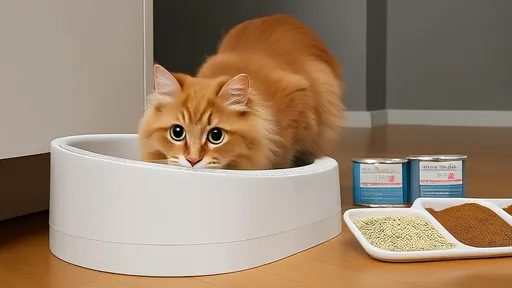
By /Jun 12, 2025